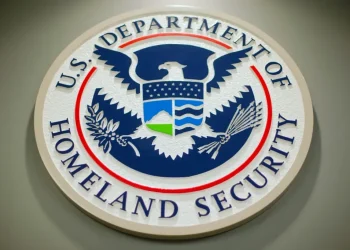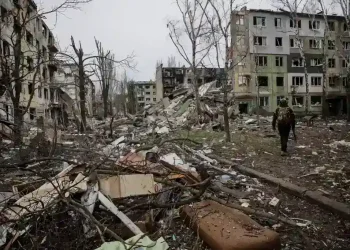62 Million People Brace for Major Winter Storm Bringing Snow, Ice, and Severe Weather
A massive winter storm is set to impact an estimated 62 million people across a 1,300-mile stretch of the United States from Saturday afternoon through Monday. The storm, which is expected to deliver the most significant winter weather of the season, will bring heavy snow, treacherous ice, soaking rain, and severe thunderstorms, affecting at least a dozen states.
Winter Storm Overview
- Duration: Saturday afternoon through Monday.
- Regions Impacted: Plains, Midwest, Mississippi Valley, Southeast, Ohio Valley, and East Coast.
- Hazards: Heavy snowfall, icy conditions, power outages, dangerous travel, and severe thunderstorms.
“This could bring the heaviest snowfall in over a decade for some areas,” warned NOAA’s Weather Prediction Center.
Widespread Snowfall and Record Threats
The storm will bring several inches of snow to affected regions, with some areas expected to receive over a foot.
- Regions Most Affected: Missouri, Illinois, Indiana, Ohio, and West Virginia.
- Major Cities on Alert:
- Kansas City: Snowfall could surpass the January record of 7.2 inches set in 2011.
- Indianapolis: Potential to break the January record of 11.4 inches set in 2014.
- St. Louis: Could see snowfall exceeding a foot, a rare occurrence only recorded four times in its history.
In Washington, DC, and Philadelphia, the Monday morning commute could be hazardous due to snow accumulation.
Treacherous Ice Conditions
South of the snowiest areas, the storm will unleash significant icing, which could make travel nearly impossible and cause widespread power outages.
- Highest Risk Areas: Southern Missouri, southern Illinois, southern Indiana, Kentucky, Maryland, and parts of the central Appalachians.
- Ice Accumulation:
- 0.10 inches: Roads and sidewalks turn dangerously slippery.
- 0.25 inches or more: Trees and power lines risk snapping, causing infrastructure damage and long-lasting power outages.
Travel and Emergency Preparations
Governors in Kentucky, Virginia, and Maryland have declared states of emergency or preparedness.
- Kentucky Governor Andy Beshear: Warned of “dangerous conditions” on roads and significant power outages.
- Virginia Governor Glenn Youngkin: Advised travelers to consider leaving earlier than Sunday.
- Maryland Governor Wes Moore: Highlighted potential snow accumulation and disruptions to transportation.
Severe Thunderstorms in the South
On the storm’s southern side, warmer air will trigger severe thunderstorms and flooding.
- Severe Thunderstorm Risk: Louisiana, Arkansas, and Mississippi face a Level 3 out of 5 threat on Sunday.
- Threats: Damaging winds, hail, and potential tornadoes.
Rainfall in the Southeast could cause localized flooding, especially in areas recovering from December’s devastating tornado outbreak.
What’s Next: Arctic Cold to Follow
As the storm moves off the East Coast late Monday, a deep freeze will set in.
- Temperature Drop: Up to 30°F below average across the eastern two-thirds of the U.S.
- Duration: Arctic cold will persist into mid-January, solidifying snow and ice accumulations.
Key Safety Tips
- Avoid unnecessary travel during the storm.
- Prepare for power outages with emergency supplies and alternative heat sources.
- Monitor local weather updates for real-time information.
This storm, with its combination of snow, ice, and severe weather, will likely cause widespread disruptions and pose life-threatening hazards. Stay alert and take precautions to ensure safety.
This article was rewritten by JournosNews.com based on verified reporting from trusted sources. The content has been independently reviewed, fact-checked, and edited for accuracy, neutrality, tone, and global readability in accordance with Google News and AdSense standards.
All opinions, quotes, or statements from contributors, experts, or sourced organizations do not necessarily reflect the views of JournosNews.com. JournosNews.com maintains full editorial independence from any external funders, sponsors, or organizations.
Stay informed with JournosNews.com — your trusted source for verified global reporting and in-depth analysis. Follow us on Google News, BlueSky, and X for real-time updates.














